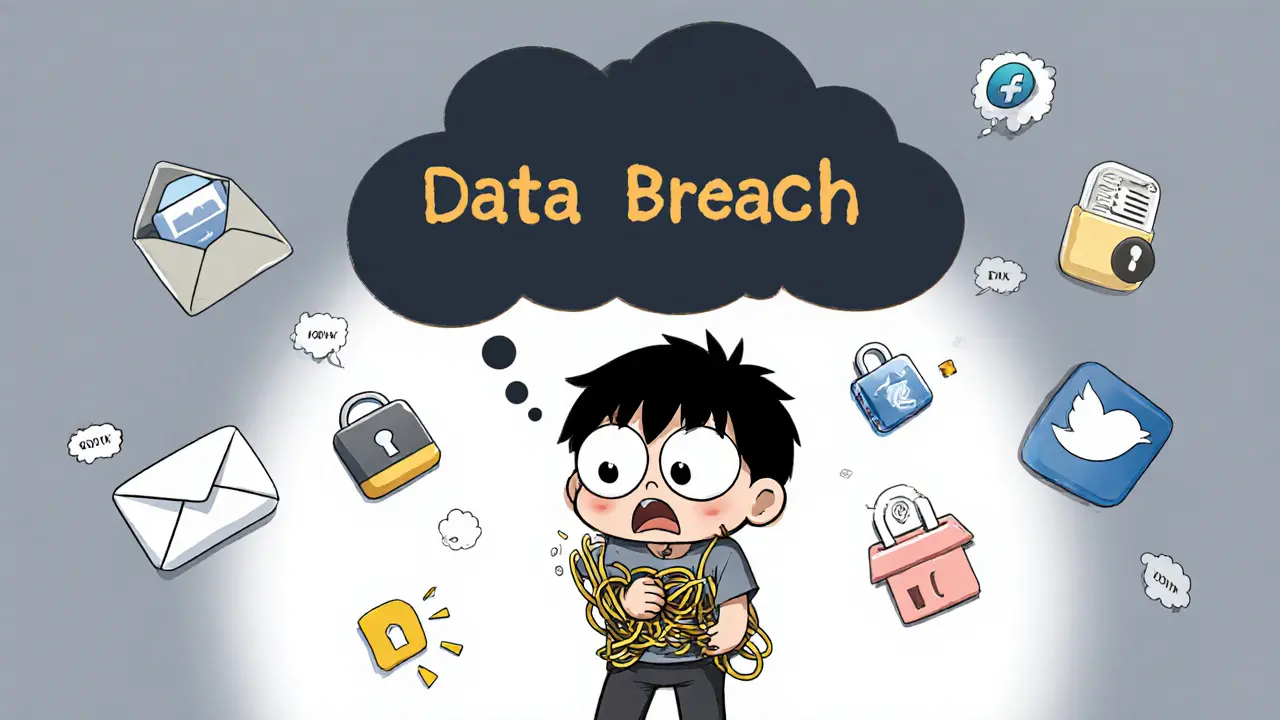DID (Decentralized Identifier) – Your Guide to Self‑Sovereign Identity
When working with DID, a Decentralized Identifier that lets users own and control their digital identity without a central authority. Also known as decentralized ID, it enables secure, portable credentials across services. DID is becoming a core piece of the new identity landscape, especially as privacy‑focused projects push for user‑first designs.
How DID Connects to Blockchain and Self‑Sovereign Identity
At its core, a Blockchain, the distributed ledger technology that records transactions in an immutable way provides the trust layer for DIDs. The ledger stores the DID document, which lists public keys and service endpoints, so anyone can verify a claim without asking a third party. This relationship creates a clear semantic link: DID enables self‑sovereign identity and DID is built on blockchain. Another key player is Self‑sovereign identity, a model where individuals control their own identity data and decide who can see it. Together, they form a triangle of trust, privacy, and portability that’s reshaping how we think about online credentials.
Regulators are taking notice because DIDs can simplify compliance while preserving user rights. Crypto regulation, the set of laws and guidelines governing digital assets and related services often requires Know‑Your‑Customer (KYC) and Anti‑Money‑Laundering (AML) checks. With a DID, a user can present a verifiable credential that proves identity without exposing unnecessary personal data, allowing firms to meet regulatory requirements without compromising privacy. This dynamic means that companies building airdrop campaigns, exchange onboarding, or DeFi products can leverage DIDs to streamline eligibility checks and reduce fraud.
Across the articles below you’ll see DIDs popping up in many practical contexts: from airdrop guides that explain how a verified DID can boost claim success, to exchange reviews that discuss how DID‑based KYC can lower onboarding friction, and regulatory deep‑dives that explore how governments view decentralized identity standards. Whether you’re a trader trying to claim the latest token drop, a developer building a compliance‑ready app, or just curious about the future of digital identity, the collection gives you concrete examples, step‑by‑step instructions, and risk assessments. Dive into the posts to see how DIDs are already shaping real‑world use cases and what you can start doing today.

